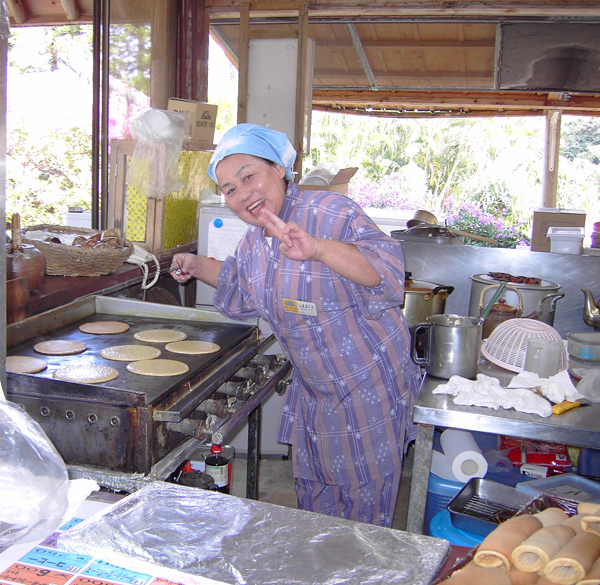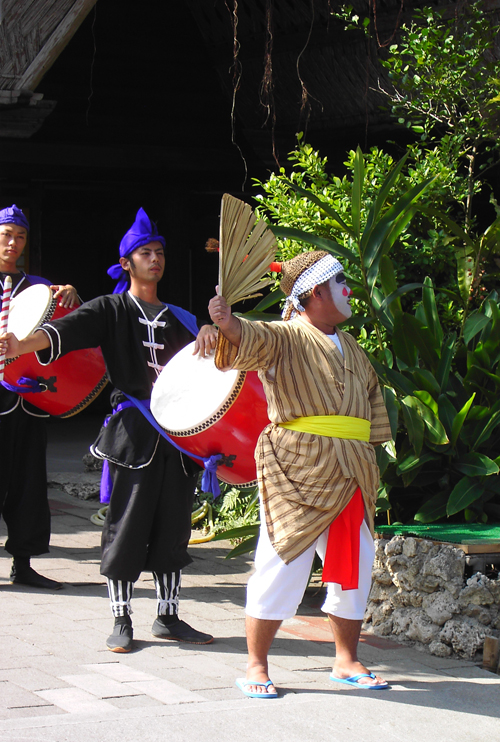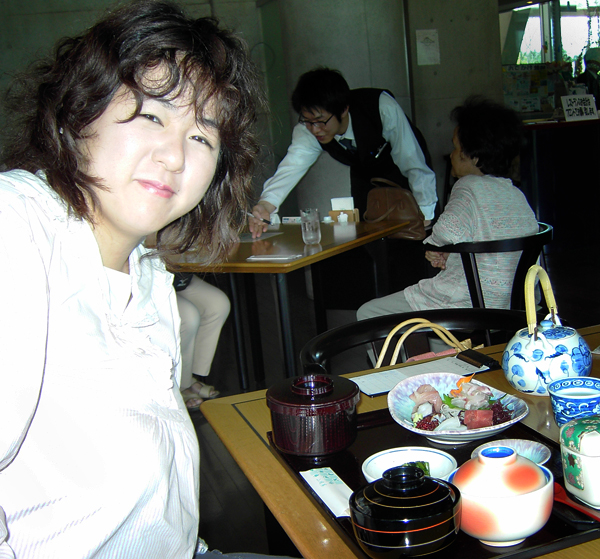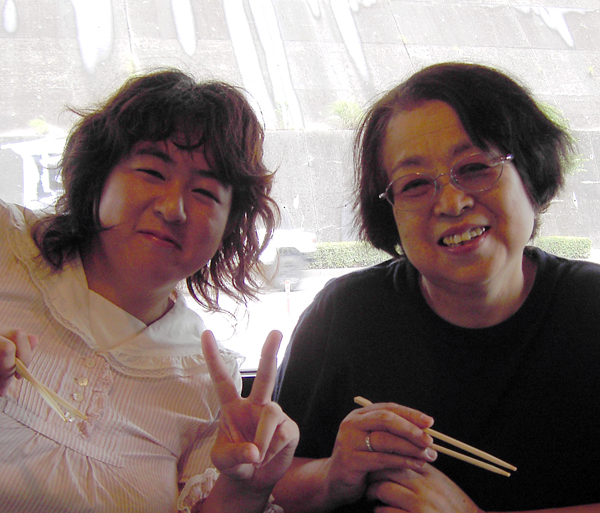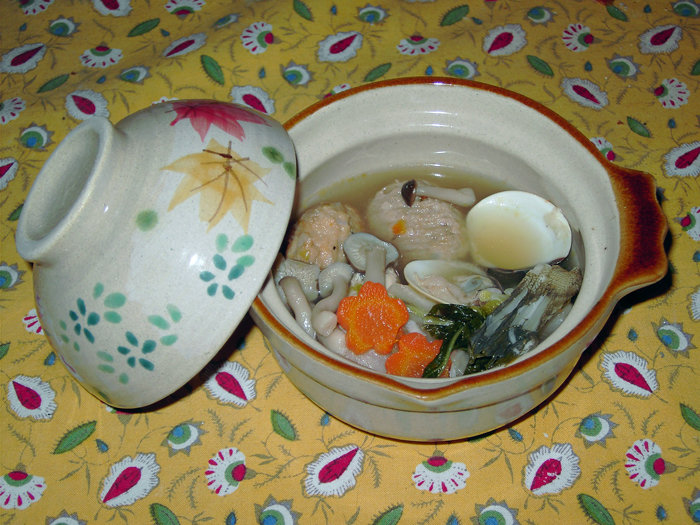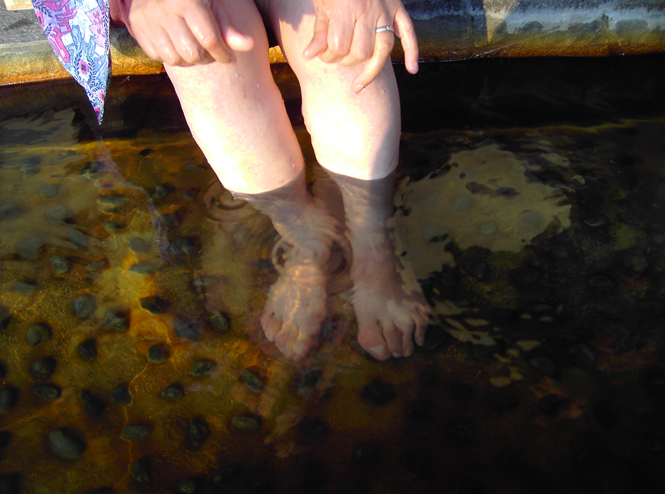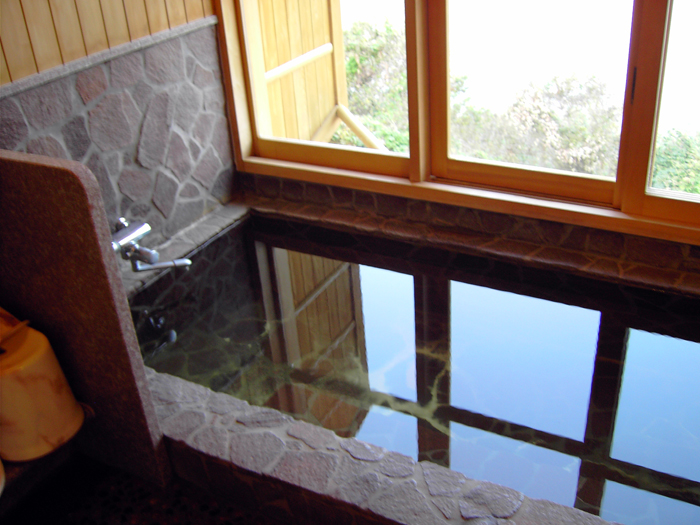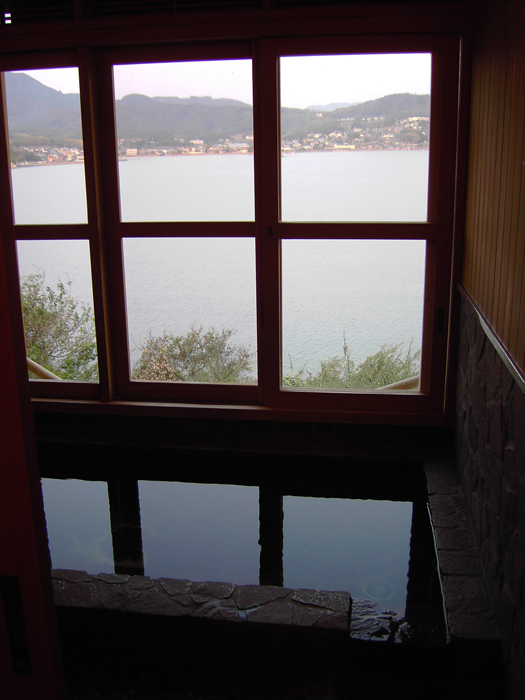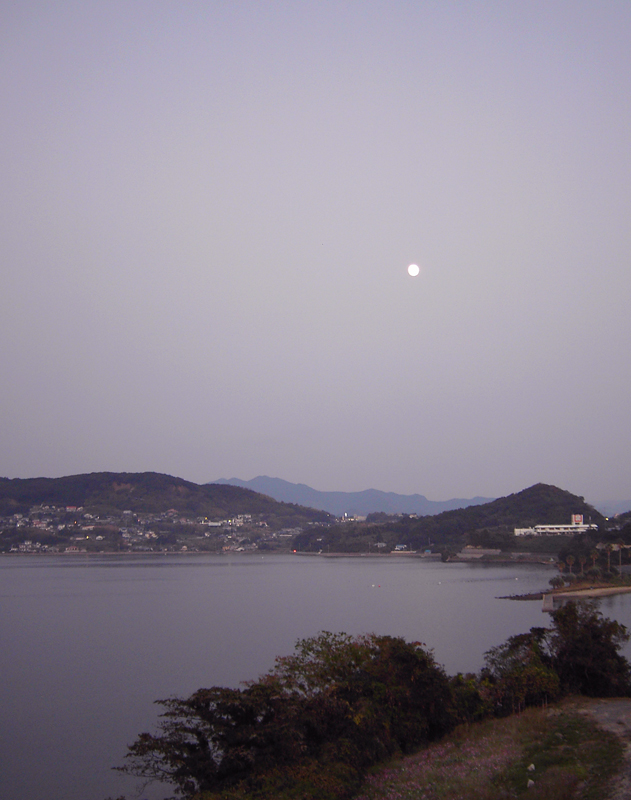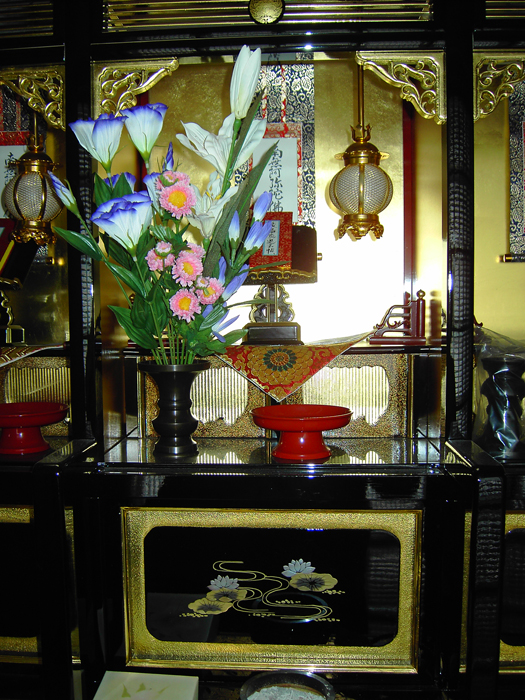I'll go back and do some catch-up later, but for now, here's an adventure following the Okinawa journey. Maybe I can get Thanksgiving posted before Christmas...we'll see!
 When I got home from Okinawa, I was in a huge hurry. Miyuki had asked me, months ago, to visit her school and carve pumpkins with the "culture class." I'd said yes, of course, but when Halloween came and went, I figured it just wasn't going to happen. I was wrong. Miyuki wanted me to come on Friday, November 17th. When I told her I might be late, or might not make it due to my trip to visit Emily -- but perhaps I could find another Navy spouse to go instead -- Miyuki blanched. Turns out teachers must get permission at City Hall to have a "guest teacher" (I thought I was just going to be a class visitor!) and Miyuki had gotten permission for me specifically to come to the class on Friday, November 17th. The parents all knew I was coming, and would blame Miyuki if I didn't show. Miyuki could even lose her job if parents complained! The way the flight/bus schedule worked coming home from Okinawa, I could get back to Sasebo, but just BARELY in time for the planned class visit. Barring a flight delay, I was going to make it -- and Miyuki's relief was HUGE.
When I got home from Okinawa, I was in a huge hurry. Miyuki had asked me, months ago, to visit her school and carve pumpkins with the "culture class." I'd said yes, of course, but when Halloween came and went, I figured it just wasn't going to happen. I was wrong. Miyuki wanted me to come on Friday, November 17th. When I told her I might be late, or might not make it due to my trip to visit Emily -- but perhaps I could find another Navy spouse to go instead -- Miyuki blanched. Turns out teachers must get permission at City Hall to have a "guest teacher" (I thought I was just going to be a class visitor!) and Miyuki had gotten permission for me specifically to come to the class on Friday, November 17th. The parents all knew I was coming, and would blame Miyuki if I didn't show. Miyuki could even lose her job if parents complained! The way the flight/bus schedule worked coming home from Okinawa, I could get back to Sasebo, but just BARELY in time for the planned class visit. Barring a flight delay, I was going to make it -- and Miyuki's relief was HUGE. Miyuki picked me up at the bus station that afternoon, and took me straight to Hiu Junior High School. The school is very large, with perhaps 3,000 students. There is virtually no parking -- all students walk to school (no school buses), and teachers jockey for the few tiny spaces. Since Miyuki had me with her, she was allowed to park right in front of the school, a privilege which thrilled her. From the outside, the two wide four-story buildings one in front of the other, backed up against the mountainside, are pretty impressive. There is a gym building off to one side and a large, fenced, packed-dirt space spanning the entire building front for various sports. Except for the big, bare sports space, it might be any kind of structure, from a not-very-pretty old hospital to a government administration building. However, once inside the big double doors, it's obviously a school. There is the international school smell of chalk, old linoleum, and sweat, and kids' voices echoing faintly down the halls.
Miyuki picked me up at the bus station that afternoon, and took me straight to Hiu Junior High School. The school is very large, with perhaps 3,000 students. There is virtually no parking -- all students walk to school (no school buses), and teachers jockey for the few tiny spaces. Since Miyuki had me with her, she was allowed to park right in front of the school, a privilege which thrilled her. From the outside, the two wide four-story buildings one in front of the other, backed up against the mountainside, are pretty impressive. There is a gym building off to one side and a large, fenced, packed-dirt space spanning the entire building front for various sports. Except for the big, bare sports space, it might be any kind of structure, from a not-very-pretty old hospital to a government administration building. However, once inside the big double doors, it's obviously a school. There is the international school smell of chalk, old linoleum, and sweat, and kids' voices echoing faintly down the halls.Just inside the door are hundreds of approximately 18 x 18" cubby holes lining the walls. The first set of cubbies have no doors, and hold generic, "one-size-fits-all" rubber slippers, the rest of the cubbies belong to the students and teachers, for their shoes. Yes folks, it's a Japanese school, and EVERYONE changes into slippers to walk around inside. The floors are all wood or linoleum -- no tatami mats here -- but "outside shoes" and their attendant bits of dirt and mud are not allowed into the school. All Japanese school children wear uniforms in junior high and high school. Some elementary schools and kindergartens have uniforms, and even the ones with no uniform require the students to wear little hats in the school color. Normally, the boys at Hui Junior High would be in mandarin-collared black jackets with brass buttons and matching black pants, and the girls would be in navy blue pleated knee-length skirts, navy blue vests and white shirts with Peter Pan collars buttoned right up to the top (this is a little more modern than most schools, where girls usually wear a classic Victorian sailor blouse with the bib on the back and the knotted kerchief in front!) However, this particular day was a special sports day of some sort, so the students were allowed a huge treat--which meant they could wear their matching red, white and blue track suits and blue-trimmed white t-shirts from gym class if they chose to do so.
 We went to the teacher's room, where all the teachers have their desks. Other than a hot plate and a small fridge in one corner, the room was wall-to-wall desks. Miyuki is lucky, as she has her desk at one corner of a desk block, so she has a desk to her right and one directly facing, but the aisle on her left. Miyuki has a "homeroom" of about 35 seventh grade students ("ichinensei" -- literally "first year students"), but she is not to keep anything in that room. She has no desk in the classroom, and is expected to stand at a podium all day as she teaches, and not to ever sit except at lunch--something we might expect of college professors, but not usually of American junior high school teachers! Miyuki teaches English, Morals and "International Cultures" class, in addition to her homeroom class. I was introduced to Miyuki's head teacher, a kind gentleman who nevertheless did not rise to meet me, but nodded regally from behind his desk as Miyuki bowed low (as did I, only half a beat behind).
We went to the teacher's room, where all the teachers have their desks. Other than a hot plate and a small fridge in one corner, the room was wall-to-wall desks. Miyuki is lucky, as she has her desk at one corner of a desk block, so she has a desk to her right and one directly facing, but the aisle on her left. Miyuki has a "homeroom" of about 35 seventh grade students ("ichinensei" -- literally "first year students"), but she is not to keep anything in that room. She has no desk in the classroom, and is expected to stand at a podium all day as she teaches, and not to ever sit except at lunch--something we might expect of college professors, but not usually of American junior high school teachers! Miyuki teaches English, Morals and "International Cultures" class, in addition to her homeroom class. I was introduced to Miyuki's head teacher, a kind gentleman who nevertheless did not rise to meet me, but nodded regally from behind his desk as Miyuki bowed low (as did I, only half a beat behind).Miyuki took me through the hallways and up several flights of stairs (one building is four stories, one is three, and there are no elevators) and down a breezeway. As we walked, the students we met were obviously very curious about me, and they were all eager to say "Hello! Hello! HELLO!!" and giggle behind their hands when I answered them. Two young women came bounding up to us as we walked, darting in front of us and walking backwards so they could talk to me. "Hello! My name is JUDY!" exclaimed one. "Hello, hello! MY name is Judy!" insisted the other. Miyuki laughed and told me that in English class, she let them pick American names, much as American students have French or Spanish names in their language classes. Our destination was a classroom that was obviously used as some sort of woodworking shop. There were banks of windows on the two long sides of the room, with scarred wooden worktables and wooden stools. Band saws and other power equipment were clustered to one side ,and there was a big trough-style sink.
 I'd purchased seven big American-style pumpkins at the base for Miyuki back in October, and she had them waiting in bags. I'd also bought six of the cheap little "pumpkin carving kits" for her, but had told her I would need a bigger knife for cutting the tops off. She'd provided me with a 3" fruit knife...not exactly what I had in mind, but I made it work. The children came in, and automatically divided themselves into six groups at the worktables, a few of them donning aprons brought from home to avoid staining their school clothes -- even a couple of the boys donned aprons, and no one seemed to think twice about a young man in red and white gingham. It surprised me a little, as so much here, especially clothing and toys, is so very gender-specific. Most of the girls clustered at the front table, greeting me over and over ("Hello! Hello! Hello! Hello!") while a few told me their names, and asked me slowly "what is your name?" This is their first year of English instruction, and they don't know many phrases beyond "What is your name?" The boys were more aloof. At one point, there was a knock on the window, and we all turned to look. It was Rumi, the young woman who introduced me to her dead parents! I recognized her, thank goodness, and made a big deal of greeting her by name and talking to her. If she'd had a tail, she would have been wagging it. The whole class looked at her with a new awe and respect, as she not only KNEW the Americaijin, but seemed to be FRIENDS with her! Rumi walked off to class with a little swagger in her step that was lacking before. Hurray, Rumi!!
I'd purchased seven big American-style pumpkins at the base for Miyuki back in October, and she had them waiting in bags. I'd also bought six of the cheap little "pumpkin carving kits" for her, but had told her I would need a bigger knife for cutting the tops off. She'd provided me with a 3" fruit knife...not exactly what I had in mind, but I made it work. The children came in, and automatically divided themselves into six groups at the worktables, a few of them donning aprons brought from home to avoid staining their school clothes -- even a couple of the boys donned aprons, and no one seemed to think twice about a young man in red and white gingham. It surprised me a little, as so much here, especially clothing and toys, is so very gender-specific. Most of the girls clustered at the front table, greeting me over and over ("Hello! Hello! Hello! Hello!") while a few told me their names, and asked me slowly "what is your name?" This is their first year of English instruction, and they don't know many phrases beyond "What is your name?" The boys were more aloof. At one point, there was a knock on the window, and we all turned to look. It was Rumi, the young woman who introduced me to her dead parents! I recognized her, thank goodness, and made a big deal of greeting her by name and talking to her. If she'd had a tail, she would have been wagging it. The whole class looked at her with a new awe and respect, as she not only KNEW the Americaijin, but seemed to be FRIENDS with her! Rumi walked off to class with a little swagger in her step that was lacking before. Hurray, Rumi!! Miyuki had printed some "classic" Jack o'Lantern faces on white paper, and briefly told the class that they could, if they chose, hold the paper against the pumpkin as a template. I remembered that several times in the past, Miyuki has complained that Japanese students strive so hard for perfection, but often miss out on creativity and experimentation, so when she introduced me, and then translated my simple speech of welcome and instruction, I made sure to tell them that in America, there were many different ways to carve a pumpkin, and they could use the templates or not...and they could come look at the pumpkin I would be carving at the front of the class if they chose. Then I began slicing the tops off the pumpkins and setting the students to scraping the insides clean.
Miyuki had printed some "classic" Jack o'Lantern faces on white paper, and briefly told the class that they could, if they chose, hold the paper against the pumpkin as a template. I remembered that several times in the past, Miyuki has complained that Japanese students strive so hard for perfection, but often miss out on creativity and experimentation, so when she introduced me, and then translated my simple speech of welcome and instruction, I made sure to tell them that in America, there were many different ways to carve a pumpkin, and they could use the templates or not...and they could come look at the pumpkin I would be carving at the front of the class if they chose. Then I began slicing the tops off the pumpkins and setting the students to scraping the insides clean. Let me tell you, I've never in my life seen such clean pumpkin hollows. They were so very serious about getting the pumpkin shell as clean and tidy as possible, to please me! The various groups kept bringing me their pumpkins to show me the insides. After the first group was sent back to scrape more, the rest waited to come up to me until they'd scraped the shell smooth and clean as a glass bowl! With each clean, smooth shell, I said "Good job!" or something similar, and the entire group would BEAM, and repeat "goo-du jobu!" to each other on their way back to their seats.
Let me tell you, I've never in my life seen such clean pumpkin hollows. They were so very serious about getting the pumpkin shell as clean and tidy as possible, to please me! The various groups kept bringing me their pumpkins to show me the insides. After the first group was sent back to scrape more, the rest waited to come up to me until they'd scraped the shell smooth and clean as a glass bowl! With each clean, smooth shell, I said "Good job!" or something similar, and the entire group would BEAM, and repeat "goo-du jobu!" to each other on their way back to their seats.One group was very serious about trying to match one of Miyuki's templates, but the other groups were amazing, trying all sorts of things. Two groups realized I'd finished one face on my pumpkin, and decided to carve a second face on the other side...so they emulated me, but to an extreme! The boys who did multiple faces on one pumpkin made two "right side up" and two "upside down". I'm not sure if that was on purpose or by accident! When I asked them about it, they looked at one another for a moment, then one boy grabbed the pumpkin and showed me one face. "HA!" he cried, as he twisted it to show me another face, right side up. "HA!" a toss and a twist, and another face revealed.
 A rhythm developed, and his whole group chanted as he twisted and tossed the Jack o'Lantern. I had them repeat it so I could film it. Too funny! The girls' pumpkin with multiple faces included a cut out "ghost" that could be removed or replaced from the pumpkin, and a "panel" on which they each signed their names in romanji. One girl from this group took the shreddy pumpkin guts and some of the trimmings from carving the various faces, and made me a "pretend" o-nigiri (rice ball) in the shape of a kitty cat, and brought it to me on a tray of newspaper for me. After the pumpkins were carved, we played "Halloween Bingo" where I held up big laminated cards with drawings of witches, ghosts, etc. and called out "three witches" or "one haunted house!" The students repeated each phrase in English as they marked the various images on their photocopied "bingo cards". Then they lined up in front of me, each one saying solemnly "Tu-ri-ku Tu-ree-to!" in exchange for a piece of Halloween candy from the big bag of American chocolates.
A rhythm developed, and his whole group chanted as he twisted and tossed the Jack o'Lantern. I had them repeat it so I could film it. Too funny! The girls' pumpkin with multiple faces included a cut out "ghost" that could be removed or replaced from the pumpkin, and a "panel" on which they each signed their names in romanji. One girl from this group took the shreddy pumpkin guts and some of the trimmings from carving the various faces, and made me a "pretend" o-nigiri (rice ball) in the shape of a kitty cat, and brought it to me on a tray of newspaper for me. After the pumpkins were carved, we played "Halloween Bingo" where I held up big laminated cards with drawings of witches, ghosts, etc. and called out "three witches" or "one haunted house!" The students repeated each phrase in English as they marked the various images on their photocopied "bingo cards". Then they lined up in front of me, each one saying solemnly "Tu-ri-ku Tu-ree-to!" in exchange for a piece of Halloween candy from the big bag of American chocolates.A bell rang, and after a chorus of bows, "arigatou gosaimasu" and "bye-bye, bye-bye!" the students scattered. Miyuki asked me to wait while she left briefly, and so I sat. As I waited, students converged on the classroom -- not for a class, but to clean! Japanese schools don't have janitors. Instead, at a certain time each afternoon, the entire student body stops and cleans the school from top to bottom. Students put chairs on desks, others sweep, still others mop, some dust, some use squeegies to clean the windows...it was astonishing! And, they were unsupervised, but still were diligent and hard working!
 Afterwards, Miyuki took me to meet her homeroom class, which includes all sorts of activities, such as singing instruction, preparation for various class competitions, and helping students "rate" themselves on how they've done each day and what they should prepare for the next day. Each student has a special notebook in which they write the homework expected for each class each day, upcoming tests, etc. They also rate themselves on how they've done in various areas, such as class participation, discussion, citizenship, teamwork, etc. The rating is not for a grade or for anyone else's eyes, it's completely for personal reasons, to help keep track of where one needs to concentrate and improve -- a circle means "adequate," a circle within the circle means "good," and an X means "needs improvement!" I was fascinated with the books, and asked if I could take a photo of one young lady's pages. An indignant boy immediately insisted to Miyuki that I take a photo of his book as well, as his was "much tidier than hers, and a better example!"
Afterwards, Miyuki took me to meet her homeroom class, which includes all sorts of activities, such as singing instruction, preparation for various class competitions, and helping students "rate" themselves on how they've done each day and what they should prepare for the next day. Each student has a special notebook in which they write the homework expected for each class each day, upcoming tests, etc. They also rate themselves on how they've done in various areas, such as class participation, discussion, citizenship, teamwork, etc. The rating is not for a grade or for anyone else's eyes, it's completely for personal reasons, to help keep track of where one needs to concentrate and improve -- a circle means "adequate," a circle within the circle means "good," and an X means "needs improvement!" I was fascinated with the books, and asked if I could take a photo of one young lady's pages. An indignant boy immediately insisted to Miyuki that I take a photo of his book as well, as his was "much tidier than hers, and a better example!" Miyuki offered my pumpkin to the class, for one "lucky student" to take home. Before I could ask how she would decide who got it, she shouted in Japanese, and threw her right hand into the air. The whole class rose as one when she shouted, their right hands flying into the air as well. Several sat down immediately, and Miyuki shouted again, flinging her hand. This happened several times, lightning-fast, with a wave of kids sitting down each time, before I realized what they were doing. It was Ro-Cham-Bo, or "Rock, Paper, Scissors"! When Miyuki tossed a sign into the air, the students who were beaten sat down. The students whose symbols tied or beat Miyuki's continued the game. No one tried to cheat. No one looked to see what others were doing. There were no pauses in the intense rhythm, as kids immediately sat upon losing, disappointed but not angry, eager to see who would win. Very quickly the contestants were narrowed to two besides Miyuki, and she bowed out, allowing the two to "shoot it out" to find the winner. At the end, the whole class applauded, and the two final contestants bowed to one another before sitting, with the winner beaming happily. I wish I'd realized what was happening fast enough to make a video!
Miyuki offered my pumpkin to the class, for one "lucky student" to take home. Before I could ask how she would decide who got it, she shouted in Japanese, and threw her right hand into the air. The whole class rose as one when she shouted, their right hands flying into the air as well. Several sat down immediately, and Miyuki shouted again, flinging her hand. This happened several times, lightning-fast, with a wave of kids sitting down each time, before I realized what they were doing. It was Ro-Cham-Bo, or "Rock, Paper, Scissors"! When Miyuki tossed a sign into the air, the students who were beaten sat down. The students whose symbols tied or beat Miyuki's continued the game. No one tried to cheat. No one looked to see what others were doing. There were no pauses in the intense rhythm, as kids immediately sat upon losing, disappointed but not angry, eager to see who would win. Very quickly the contestants were narrowed to two besides Miyuki, and she bowed out, allowing the two to "shoot it out" to find the winner. At the end, the whole class applauded, and the two final contestants bowed to one another before sitting, with the winner beaming happily. I wish I'd realized what was happening fast enough to make a video! I loved every minute of my day with Miyuki at school, and hope to do it again soon. Miyuki gave me a quick ride home, before returning to school to grade papers and work up the next day's lessons. At least this year she is not also coaching badminton after school for two to four hours every evening, and also on Saturday and Sunday--Japanese school is seven days a week! Miyuki gets two Saturdays and two Sundays off each month, and as a result, the other teachers consider her selfish and "not a team player". And parents can call her and ask her to come in early or stay late, or come in on a day off or a holiday, if they don't want their kids at home and underfoot, and Miyuki can't say no. Can you imagine? I hope to have more Japanese school adventures for you this winter.
I loved every minute of my day with Miyuki at school, and hope to do it again soon. Miyuki gave me a quick ride home, before returning to school to grade papers and work up the next day's lessons. At least this year she is not also coaching badminton after school for two to four hours every evening, and also on Saturday and Sunday--Japanese school is seven days a week! Miyuki gets two Saturdays and two Sundays off each month, and as a result, the other teachers consider her selfish and "not a team player". And parents can call her and ask her to come in early or stay late, or come in on a day off or a holiday, if they don't want their kids at home and underfoot, and Miyuki can't say no. Can you imagine? I hope to have more Japanese school adventures for you this winter. More soon...as always, click on the photos for more. Here are a couple of bad but funny video clips:











